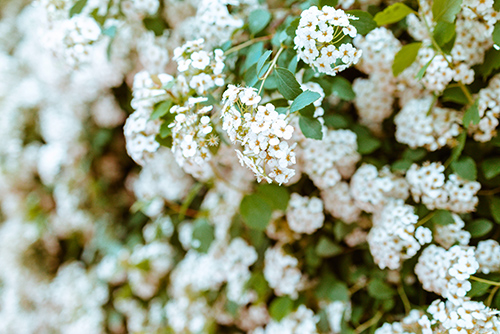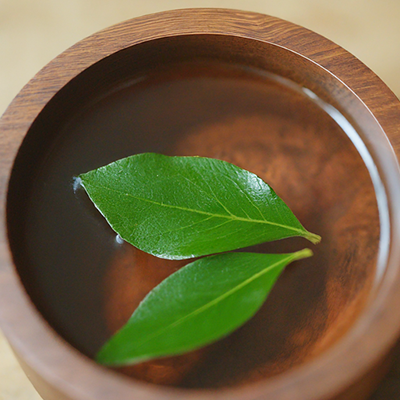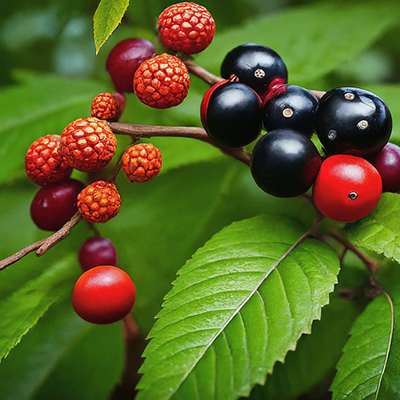Contents
The wayfaring tree is a beautiful European shrub that attracts attention because of a curious fact. Its berries do not ripen all at once. It is usual to find red berries (unripe) in the same cluster and bluish or blackberries (ripe). They have a sweet, sharp flavor, and though in some mountainous areas of Italy, these fruits are consumed when fermented, they irritate the digestive system.

Wayfaring Tree Scientific Facts
- Scientific Name: Vibumum lantana L.
- Other Names: Viorne lantane, mancienne.
- French: Viorne lantane, mancienne.
- Environment: Forests and hedges all over Europe.
- Description: This shrub of the Caprifoliaceae family grows up to three meters high. Its leaves have prominent nerves and are lighter-colored on their undersides. The flowers are white and grow in umbrella clusters. The fruits are black when ripe.
- Parts of the plant used medicinally: The leaves and the fruits (berries).
Healing Properties

The berries contain a not-well-identified glycoside and plenty of tannins. They are astringent and antiseptic, reduce oral mucous membrane inflammation, and clean the oral cavity. They are employed in mouth rinses for gingivitis (gum inflammation), sore throat, and pharyngitis.
Warning

The wayfaring tree is only used externally. The berries must not be eaten since they provoke vomiting and diarrhea.
How to use Wayfaring Tree
- Mouth rinses and gargles with a decoction of 20 grams of well-ripened berries (black) and two or three leaves of wayfaring tree per liter of water, three or four times a day.
DISCLAIMER: All content on this website is presented solely for educational and informational objectives. Do not rely on the information provided as a replacement for advice, diagnosis, or treatment from a qualified medical expert. If you are pregnant, nursing, or have any preexisting medical concerns, talk to your doctor before using any herbal or natural medicines.
REFERENCES
- George D. Pamplona-Roger, M.D. “Encyclopedia of Medicinal Plants.” George D. Pamplona-Roger, M.D. Encyclopedia of Medicinal Plants. Ed. Francesc X. Gelabert. Vols. 1 San Fernando de Henares: Editorial Safeliz, 2000. 199. Print.
- Plants For A Future: https://pfaf.org/
